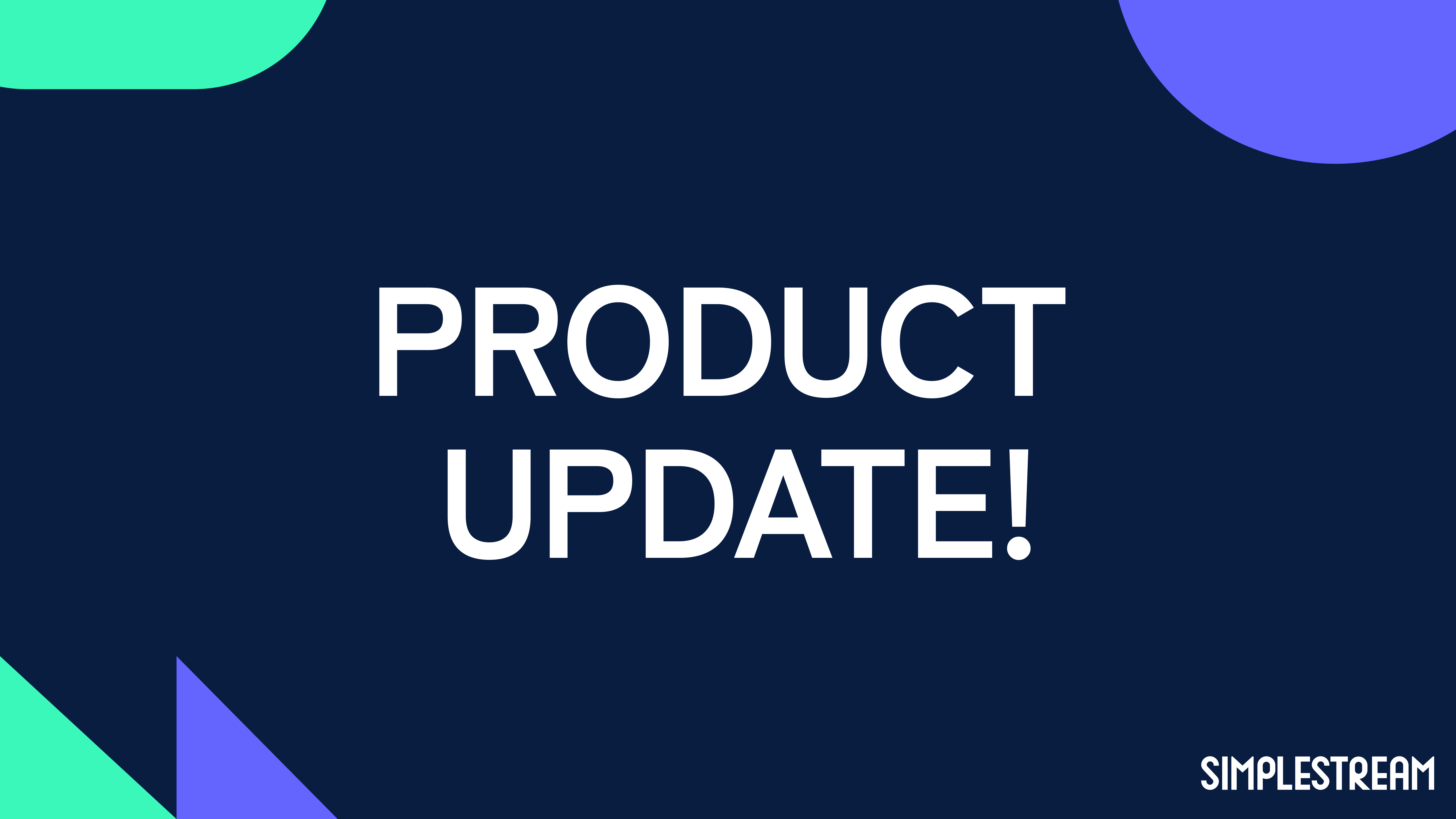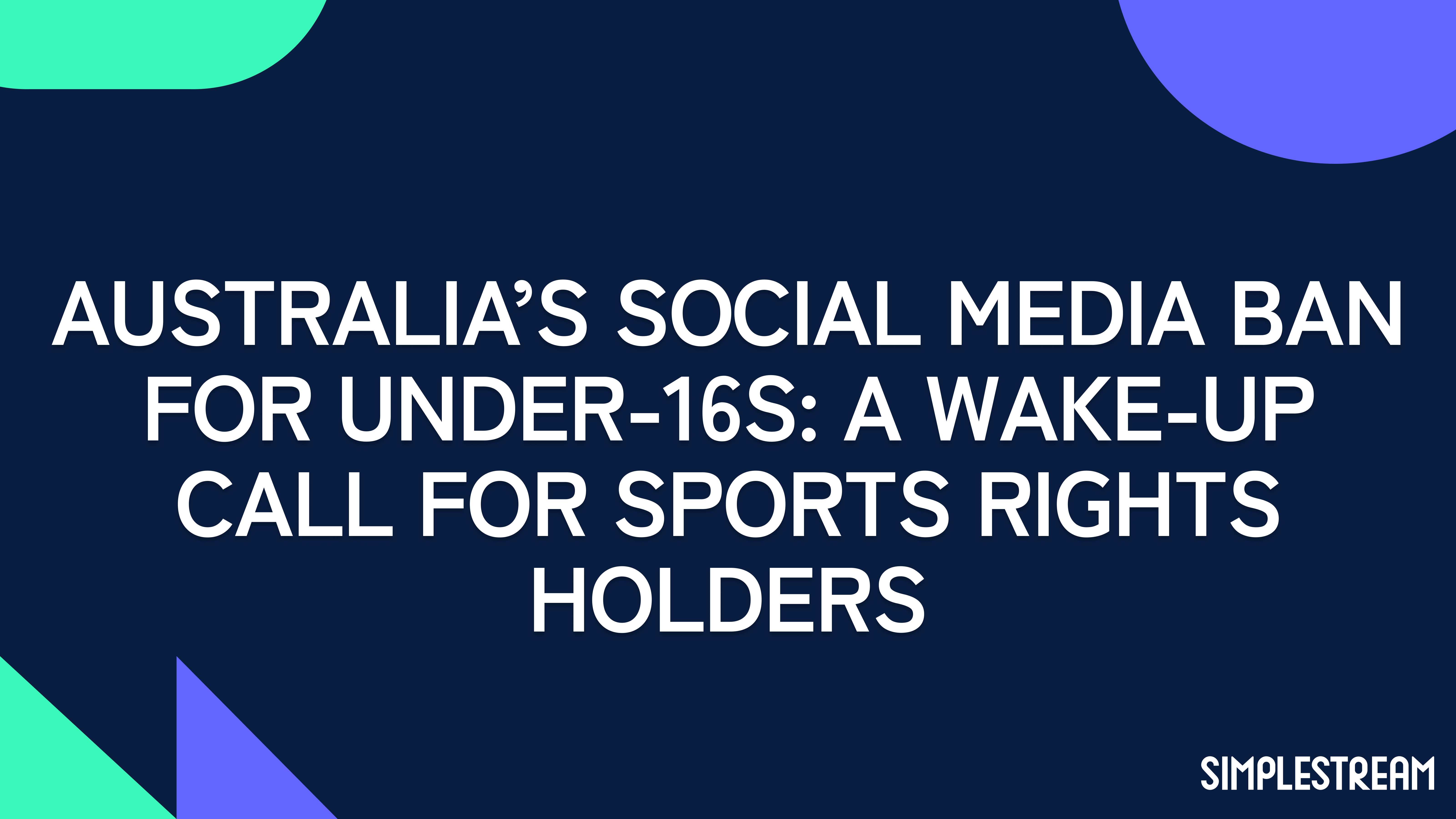SVOD, AVOD, TVOD, HVOD, BVOD, and OTT: the ultimate guide
Subscription, advertising, transactions, hybrid, broadcast and over-the-top (OTT), and how they relate to video on demand: here's your ultimate guide to the OTT industry.
The OTT industry is full of acronyms. We know, it’s a bit OTT.
So, what exactly is OTT? It stands for “Over the Top”, which is the delivery of video content over the internet, across a range of devices. Without the shackles of a satellite or cable pay-TV service.
This term is commonly used to describe the delivery of film, TV, and other video content that a user accesses over the top of existing internet services. Hence the term, and now more common acronym – OTT.
Entertainment has changed with the introduction of this internet-driven video delivery method. The relationship between the viewer and the content they consume has become a lot more personal.
Viewers are no longer tied to a linear viewing schedule. They aren’t beholden to what a broadcast channel has decided to show them. In fact, they’re now faced with a wealth of content, which presents its own challenges.
Video on demand (VOD) made this possible. It’s the reason we’re able to watch what we want, when we want. We can now stream everything – live or on demand – and never need to miss a programme or sports event again.
This advancement granted access to an almost limitless library of content across a variety of services, such as Youtube, Netflix, Amazon Prime Video, NOW, Disney+, and more. It gave viewers unrivalled freedom. However, monetising the experience rapidly became a new challenge for video content providers and streaming services.
In this blog, we’re going to explain exactly what each of those monetisation methods is, the benefits and drawbacks, and how to implement them effectively.
What is SVOD? (Subscription video on demand)
SVOD is a monetisation model where users can watch as much on-demand content as they like for a flat monthly rate. It's like a traditional TV package, but with the added benefit of being able to choose what you watch at any time, rather than having to pick a channel with a fixed schedule. Many of the largest players in the OTT industry started with this model, selling on the benefit that users wouldn’t have to watch ads with their content. This usually came with introductory offers to get users hooked on the exclusive content they offered.

It was extremely successful, with the likes of Netflix, Amazon Prime Video, Disney+ and NOW – among others – all operating with this model. Although, there is a downside to monetising through subscriptions which has become more apparent in recent years.
SVOD analysis: a fiercely competitive landscape
As SVOD services became more common, it meant that the commitment to a monthly subscription became less appealing.
Subscriptions give the customer freedom, with the option to unsubscribe (more or less easily) and no long-term commitment. As a result, retaining customers is challenging and extremely competitive.
This is where the streaming wars began, with loss-leading pricing schemes to draw in customers, as well as free trials, and exclusive, original content titles either licensed or produced by the service themselves (in later years).
Launching an SVOD service is still possible, yet operators are looking to face an extremely competitive landscape when choosing this monetisation model alone.

What is AVOD? (Advertising-based video on demand)
AVOD is a monetisation method that offers users free access to on-demand video content, in return for watching adverts. It’s almost like broadcast TV in that revenue comes from advertising, but with the added benefit of content selection that VOD provides.
There’s another side to advertising-supported streaming that’s been gaining popularity, and that’s FAST channels.
Free advertising-supported TV, or FAST, is almost identical to traditional broadcast TV, except it’s delivered over the internet. It’s a linear ‘live’ channel where content is curated in a programmatic schedule, ready for viewers to stream. Advertising is inserted at specific cue points in the content, much like broadcast.
It’s much easier – and cheaper – to set up a FAST channel than a traditional broadcast channel, and it can be done in six simple steps. If you're looking to compare the two then check out our blog on AVOD vs FAST.
Key examples of AVOD services you can see in action include Youtube, Hulu, 4OD and Amazon Prime Video (only when watching Freevee ad-supported content).

AVOD analysis: the return of linear channels, over the internet
Advertising is having its renaissance as more OTT services use AVOD and FAST channels to distribute ‘dormant’ VOD content, as well as live programming. It’s helped by the fact that advertising over the internet allows for better targeting, so viewers see ads that are more relevant to them. You can thank SSAI and CSAI for this.
The downside to solely using advertising to monetise is that operators need a substantial audience to make enough money for it to be viable. It does attract audiences though, as there’s no cost attached, making for an attractive proposition.
Starting an AVOD service or FAST channel is becoming increasingly popular, so it’s important to capitalise on this while it’s still growing. Revenues from FAST channels in the US only – according to S&P Global Market Intelligence – were worth $4 billion in 2022, a figure projected to grow up to $9 billion by 2026.
What is TVOD? (Transactional video on demand)
TVOD allows users to view content for a ‘one-time’ fee charged to their account, granting them access to view the content temporarily or permanently. Unlike SVOD and AVOD, TVOD only grants users access to the content title they purchase. Viewers aren’t limited to one purchase type either: there are three sub-categories.
Pay-per-view (PPV) will charge viewers every time they watch the content, but electronic-sell-through (EST) only charges once for unlimited access. Finally, download-to-rent (DTR) allows viewers to access the content for a limited time.

TVOD analysis: premium content as an extra
TVOD is a great way to bring premium content to viewers at home. It’s where you’ll commonly see the latest film and TV content releases first, but that comes at a price to the viewer.
This model trades on exclusivity, by having the latest titles available that you can’t access anywhere else. You’ll notice that we’ve mentioned ‘premium’ numerous times, and that’s exactly what your content needs to be for this model to work.
In truth, content providers really need to use TVOD alongside another model, unless they can provide their (huge) audiences with exclusive access to the most popular new titles. Proof of this is that Amazon Prime Video uses SVOD, AVOD, and TVOD, even though the platform is not exactly short of premium and exclusive content.
What is HVOD? (Hybrid video on demand)
HVOD is a hybrid of any of the VOD monetisation models. Either offering subscription tiers with ad-supported content at a lower price point, as Netflix has opted for. Or offering subscriptions, transactional content, and free advertising-supported content (as Amazon Prime Video does).

HVOD analysis: diversified revenue streams
Creating a hybrid of monetisation models diversifies revenue streams for OTT services.
If a viewer doesn’t wish to subscribe to a service, they may still want to view a specific title. In that instance, having the title available for rent or purchase as TVOD would avoid missing out on the sale.
Providing end-users with the ultimate flexibility when viewing content through an OTT service lowers the chance of them going elsewhere for that content. And that’s when the risk of users venturing out of the ‘legal’, seeking pirate streams, surfaces.
It’s no surprise that HVOD is gaining popularity, with Netflix and Disney+ offering advertising-supported subscription tiers. This hybrid ecosystem is one to watch.
What is BVOD? (Broadcaster video on demand)
Finally, BVOD. Broadcast video on demand applies to OTT services that provide content exclusively from TV broadcasters. This can be either the broadcaster themselves having a VOD service (think of BBC iPlayer, for instance) or a third party that exclusively uses content from broadcasters, such as BritBox.

BVOD analysis: flexibility and availability are key
Broadcasters should make their content available to their customers wherever they would like it.
Viewers don’t want to be limited to linear viewing experiences alone. The abundance of content available online provides them with too many options for that. Flexibility and availability become key factors in capturing viewers that are spoilt for choice.
Most broadcasters are making their content available on demand, either through their own platforms or by syndicating it to third-party OTT services. It’s never been a better time for broadcasters to go OTT.
The holistic business model
Whether you’re a broadcaster, content owner, sports operator, or any other media entity, opting for a hybrid business model lowers your risk.
If you’re building a raft to cross the ocean, do you choose to take the paddle or build a sail? You choose both. Don’t forget Wilson, too.

Business models change continuously, in parallel with audience behaviour, yet there will always be an appetite for OTT content. Capturing even a portion of this billion-dollar business could be the best thing you do in 2023.


